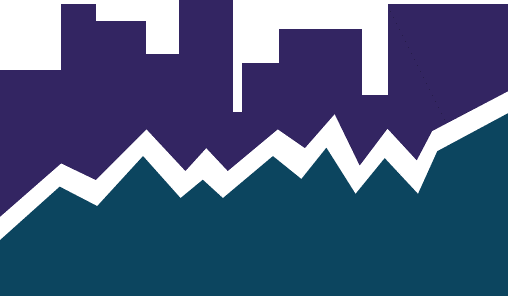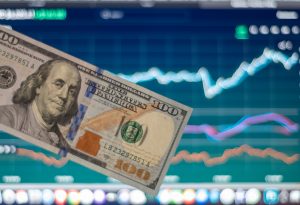The Monday Morning Quarterback
A quick analysis of important economic data released over the last week
Investor Impact on Housing Prices
Fortune magazine had an interesting story this week on the impact of investors in the single family home market. They attribute a good portion of the run up in housing prices to the boom of investor buyers. In the first quarter of 2022, investors made up a record 28% of single-family home sales across the U.S., according to a report published last week by the Harvard Joint Center for Housing Studies. That’s up from 19% in the first quarter of 2021. It’s also far above the 16% of investor home sales between 2017and 2019.
Investors focused much of their attention on the fast-growing markets in the South and West of the U.S. Redfin found that in the first quarter of 2022, investors made up a 33.1% of home sales in Atlanta followed by Jacksonville (32.3%), Charlotte (32.3%), Phoenix (29.0%), and Miami (28.2%). Those same markets are also among the nation’s most “overvalued” housing markets that are at-risk of seeing a home price decline, according to Moody’s Analytics.
The majority of investor home purchases in America are made by small or midsized investors who may be purchasing an Airbnb rental or amassing a small portfolio of rentals. According to the Harvard study, 74% of investor purchases in September were made by investors with portfolios of less than 100 properties. The remaining 26% of investor purchases were made by groups with property portfolios of at least 100 units. But those large investors nearly doubled their share of purchases from 14% in September 2020 to 26% in September 2021. Blackstone and Invitation Homes were two of the largest investors in the market.
While you can’t pin soaring home prices on any one group, investors have clearly contributed in some degree in the price runup. In most cases they come in with cash offers and waive appraisals and inspections. Investors have reduced the already limited supply available to potential owner-occupants, particularly first-time and moderate-income buyers.
The shortage of housing, however, in the U.S. and in Greater Phoenix is due to several factors that all coincided at the same time. Low mortgage rates resulting from the COVID-19 recession attracted all types of buyers and allowed people who could work remotely to relocate to less dense, less expensive markets. The second home market also exploded due to COVID restrictions. Millennials born during the generation’s five largest birth years between 1989 and 1993 also hit their peak first-time homebuying age of 30. Add in investors who are able to rent to the local population and a housing inventory that was already trending downward before the pandemic and you have a recipe for a housing shortage.
Investor home purchases are now falling for the same reason overall home purchases are falling – rising interest rates and high housing prices have made it more expensive to buy a home. As demand softens, prices should adjust which changes the math for some investors who anticipated continued appreciation in the market and for-sale inventory should continue to rise from historic lows. More news on the Arizona housing market is below.
U.S. Snapshot:
- The Consumer Sentiment Index final June reading of 50 fell an additional 0.2% from a preliminary level earlier this month. June’s level is the lowest reading on record. 47% of respondents blame inflation for lowering living standards.
- Mortgage rates increased again this week. The 30-year mortgage rate reached 5.81% from 5.78%. Last week’s level was up more than 2% from the start of the year.
- New home sales surprisingly increased 10.7% in May from April, as potential buyers continue to face elevated prices and borrowing costs.
- Total existing sales dropped for the fourth consecutive month to a seasonally adjusted annual rate of 5.41 million. While this is down 8.6% from a year ago, the number of sales has returned to 2019 levels. On the other hand, the median sales price of all existing sales surpassed $400,000 for the first time and reached $407,600 in May. Single family sales dropped 7.7% to a SAAR of 4.8 million and the median sales price increased to 14.6% to $414,200.
Arizona Snapshot:
- RLBrownReports.com released their May data for Greater Phoenix and Greater Tucson. The data will be interesting when June’s data becomes available. The 30-year mortgage rate in the first week of January was 3.22% and averaged 5.23% in May. After the Fed’s effort to fight inflation, the 30-year mortgage reached 5.81% last week, sidelining even more potential buyers. While the supply of existing homes has started to improve, it remains below pre-pandemic levels. The lack of supply is especially noticeable for homes below $400,000.
- Greater Phoenix permits (-7.8%), resales (-5.5%) and new home (-2.6%) sales were down in May from a year ago. Median sales price of new homes was up 24.9% and resales price were up 23.7% for the same time period.
- In Greater Tucson, sales activity was up 3.4% in the resale market, with a 16% increase in new home closings. Permits were done 18.2% from a year earlier.












